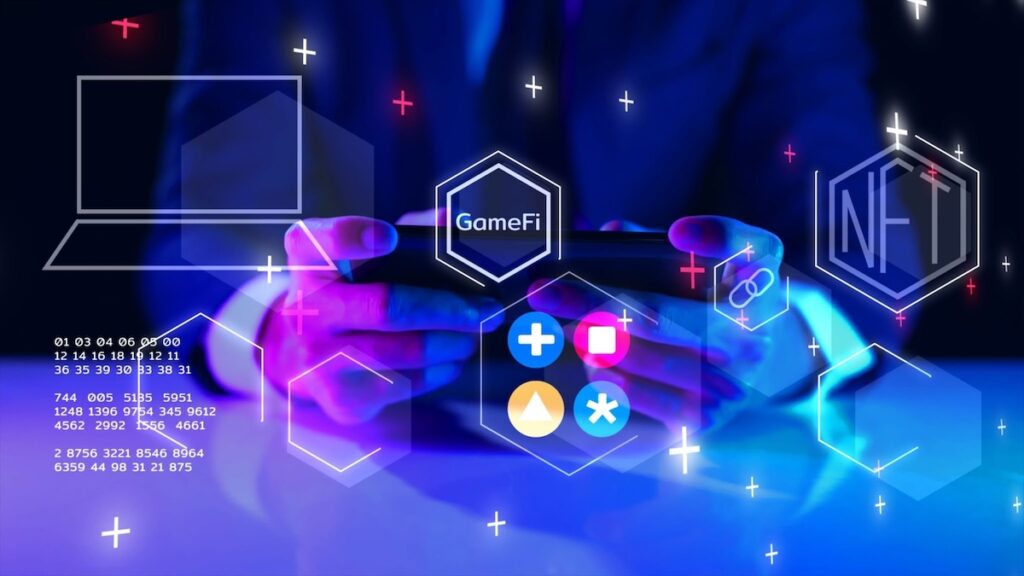Immersive games have the ability to separate players from their reality for a short while and engage them in a whole new world of adventures and challenges. The advancement of technology and investment in development has enabled gaming companies to improve this aspect of their products.
The producers of games are always seeking to refine games and provide a better experience for players, and using new technologies, developers are now breaking boundaries with each new instalment of popular game series.
Take the famous battle royale series Fortnite for example, this game has recently introduced new technologies to significantly improve the rendering of graphics. Buildings in the game are rendered from millions of polygons in real time, while natural landscapes are now also more realistic with the finest details being modelled with precision.
There are a multitude of other ways in which developers are improving game immersion. We look at some of the latest technologies being implemented and consider what the future may hold for immersive gaming in the years ahead:
Artificial intelligence and machine learning
Artificial intelligence (AI) has many applications, from personalised shopping and inventory management to autonomous vehicles and crop harvesting analysis. The gaming sector has embraced this technology for a number of years now and found ways to incorporate it to create more seamless and satisfying experiences.
The casino gaming industry is just one example, when you visit a UK poker site you will see the innovative ways in which AI has been used both within games and within the website’s other features. AI is often used to improve the security of the casino players, by monitoring patterns it can pick up on suspicious activities and alert casinos about potential fraud.
It is used to provide personalised customer service, AI-powered chatbots reduce the need for a human customer service team and provide instant responses to popular customer queries. Casino game marketing also uses AI, by analysing players’ behaviours it enables the casino to offer services that are tailored to the individual.
Developers for other gaming genres are also incorporating AI and machine learning (ML) practices and algorithms into their games. Non-playing characters (NPCs) are being made to be more realistic and intuitive, acting in ways closer to genuine human players to create a more dynamic game experience.
Machine learning has also enabled increased personalisation. ML algorithms allow games to be adapted to suit players’ abilities and personal preferences. The game’s storylines can have new branches that take into consideration the player’s choices.
Attention to detail
Realistic animations, sound effects and other elements are central to an immersive game experience. They make the game more believable and increase player engagement.
Graphics in games have come a very long way over the last couple of decades and using high-fidelity graphics, developers have made games more realistic than ever before. In games with high-fidelity, there is three-dimensional imagery with complex vertices and the use of ray tracing creates more accurate lighting effects and shadowing.
Of course, gamers need to have the tech to be able to enjoy these games and importantly companies such as AMD and Nvidia are producing graphics cards that are able to handle these high-fidelity graphics.
Virtual reality

Virtual reality (VR) has been around for a while and has uses both within and outside of the gaming industry. VR is a computer-generated environment that creates life-like objects and spaces, it can be viewed through a virtual reality headset.
VR enables the player to experience the game with more of their senses and completely shut out the world around them. Jurassic World: Aftermath and the Star Wars: Squadrons games are just two titles proving VR as a gaming concept can be successful.
VR headsets are now affordable and accessible in the mainstream gaming market, meaning more players are experimenting with this tech and demand for VR games is on the rise.
Augmented reality
Augmented reality (AR) is almost the opposite to VR, rather than shutting out the real world, AR uses the real environment as a sort of framework and implants computer generated objects into it. Pokémon Go remains one of the most popular AR games in history, following its success more games developers are looking at how AR can be incorporated into their projects to improve immersion.
Could the metaverse be the future of gaming?
Lastly, the concept of the metaverse has been around for a long time and is yet to be fully realised. The metaverse is an online cyberspace in which people can almost live out an entirely separate existence.
Demand for this type of escapism is high and there are now a number of developers working to create a new digital world, meaning the metaverse could be an experience available in the near future.
Author
-

The views and opinions expressed in this guest post are solely those of the author, and do not necessarily reflect the official policy or position of NFT News Today.




